Champagne Valentin Leflaive embodies the alliance between Burgundian heritage and Champagne excellence. Thanks to a...
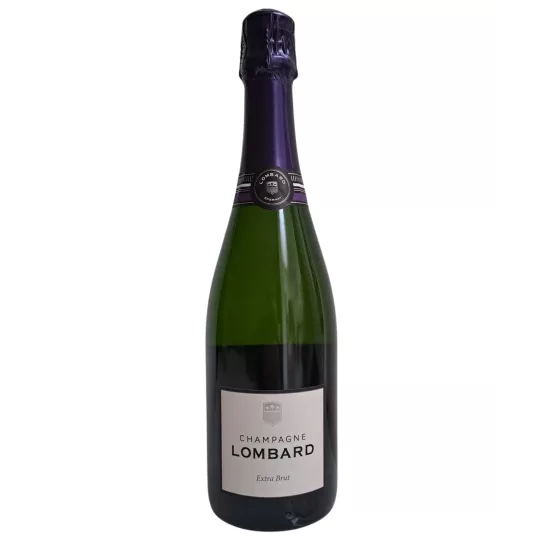
The production of champagne is a complex process that involves several key steps. The first step is the vinification of the champagne, where the grapes are pressed to extract the juice, which is then fermented. This fermented juice is then mixed with other ingredients, such as sugar and reserve wine, to produce the champagne base. The second stage is the aging of the champagne, which can last from several months to several years. It is during this time that the flavors and aromas of champagne develop and stabilize.
The third stage is the riddling of the champagne, which consists of turning the bottles regularly so that the solid deposits collect at the top of the bottle. This process also helps aerate the champagne and enhance its aromas and flavor. The fourth step is the disgorging of the champagne, where solid deposits are removed from the bottle.
The fifth and final step is corking the champagne, where the bottle is sealed with a cork stopper to prevent air from getting inside. This process definitively closes the production of champagne and allows its aromas and flavor to be preserved for many years.
Champagne making is a long and complex process that requires careful attention at every stage to ensure the quality of the final product. The stages of champagne, such as champagne vinification and champagne corking, are all crucial to obtaining a top quality champagne.
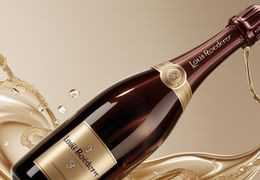
The Louis Roederer website offers a truly immersive experience, setting itself apart from typical champagne brand websites. From the moment visitors arrive, they're greeted with a cinematic introduction accompanied by music—more reminiscent of a film trailer than a corporate homepage. This attention to sensory detail immediately signals that the brand values not just luxury, but also creativity and storytelling. Beyond aesthetics, the site features engaging and interactive content, including...
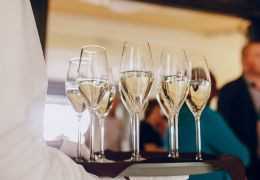
18004Champagne is redefining the champagne delivery industry in the United States by offering unparalleled service and nationwide availability. Established in 1998, the company ensures same-day or next-day delivery of a vast selection of gift-wrapped champagnes and related gifts. With an extensive range of products, from premium brands to more affordable options, they set a new benchmark for quality and convenience. Their wide-reaching distribution network enables them to meet strict delivery...

Champagne, a symbol of elegance and refined taste, has inspired craftsman Isaac Reina to create an accessory that matches its prestige. Reina, a noted Parisian designer with roots in Spain and collaborations with Perrier-Jouët, has designed a bespoke travel bag exclusively for the Belle Epoque champagne bottle. This limited edition bag, one of just 40 pieces, combines durability with luxury, featuring a pea-green interior, space for two glasses, and a champagne notebook, making it an...

Champagne Salon epitomizes the elegance and fervor of the 1920s, offering a luxurious drinking experience. This unique champagne boasts a fine, persistent mousse and a creamy, long finish that delights the palate with a symphony of saline and bergamot flavors, followed by notes of vanilla, dried fruits, and butter, all culminating in a refreshing burst of grapefruit and fig. The champagne's exceptional quality and character are credited to the singular vision of Aimé Salon and the distinctive...
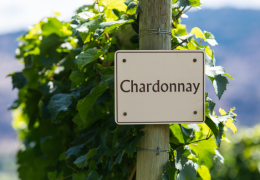
Immersing yourself in the world of Champagne grape varieties is a captivating sensory journey, where each variety - Chardonnay, Pinot Noir and Pinot Meunier - reveals its unique characteristics and contributes to the richness of the blends.The gentle hills of the Champagne region harbor the secrets of this art of blending, where vines stretch as far as the eye can see and each grape variety, with its distinct nuances, plays a crucial role in the creation of this sparkling wine. From the...
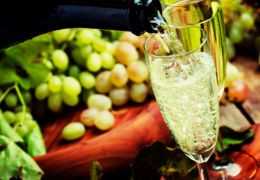
Explore the very essence of Champagne in 2024 with our comprehensive guide to wine tourism. From prestigious houses to picturesque vineyards, immerse yourself in a sparkling adventure combining centuries-old traditions and unique sensory discoveries.
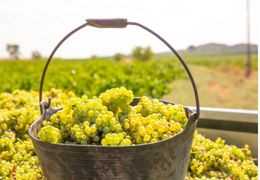
At every stage of grape selection and harvesting - from choosing grape varieties to selecting individual berries and finally picking - winemakers take great care to ensure that only high quality grapes go into the production of Champagne.